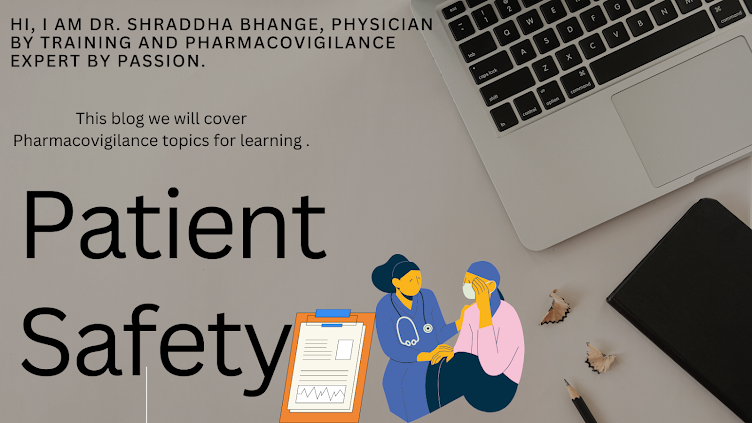Pharmacovigilance Readiness for a Successful Product Launch
Product launch is the most critical milestone for any pharmaceutical company and, consequently, even for vendors that support the company. As pharmacovigilance professionals, we may not know the extensive details from marketing and sales perspectives on how the launch is planned, but we do need to know more from regulatory and clinical perspectives and, of course, in detail about pharmacovigilance involvement in product launches.
As described in the figure below, there are different phases for the product launch, and these phases may usually take 1-2 years. Hence, the launch itself is usually planned 3-4 years ahead of the date the Pharma is planning to be in the market.
Pharmacovigilance readiness starts as soon as the company decides to conduct a study for the product and to be its MAH. However, the clinical trials and post-marketing phases need to be aligned appropriately, as both requirements differ.
Which departments are involved in the launch
The leading department or function is the marketing/brand function, which is usually comprised of leaders from all functions, i.e., medical affairs, clinical, regulatory, manufacturing, leadership, legal, finance, quality, and pharmacovigilance.
Role of PV team
Launch readiness
The PV team is a support team for this activity. Once the information is received from the launch team (the marketing team is the lead) the critical factors to consider are
1. PV systems as per health authority requirements:
Standard operating procedures (SOP) for ICSR, AGGREGATE, SIGNAL. LITERATURE, SAFETY SYSTEMS ETC
Pharmacovigilance System Master File (PSMF) is ready
Product configurations in the Safety Database
Regulatory requirements are aligned in SOP, Database, and overall complaint
5. Literature set up:
The literature database is identified e.g. MEDLINE and Embase and if needed, another database
Global literature and Local literature in local language
Literature search strategy for product for ICSR and Aggregate. Literature search strategy for the PBRER section on risks.
6. Local country-specific requirements:
Suppose the product was approved without any studies or requirements fulfilled in local regions. In that case, local country-specific requirements from health authorities should be fulfilled at the time of local launch.
7. RMP and risk minimization measures:
A risk minimization plan and measures (routine and additional) should be specified. Additional risk minimization measures like patient leaflets and healthcare professional cards have to be approved by the pharmacovigilance team at the time of launch and no later than that. This allows them to implement. If needed, the PV team needs to train the marketing and other functions involved in implementing education materials and additional measures.
8. Aggregate reports:
The schedule for aggregate reports (PBRER, DSUR, and PADER) should be finalized. The templates can be populated, and the strategy for presenting each section in this document, especially the safety strategy regarding risks, should be ready.
9. Signal management system - manual vs. database, which sources will be used (safety database, literature, EVDAS, FAERS), etc.- should be formalized and documented as part of the signal SOP or Signal plan at the product level if a function level does not exist or is different.
This is not an exhaustive list but a summary of critical requirements. Other requirements to be taken care of are training the PV team and other functions as required and creating an implementation plan with a dedicated project manager.
Written by:
Dr.Shraddha Bhange.
Connect with me Via the comments below. (I do not respond to
Facebook messages)
Support the cause of better rural education with
me: ThinkSharp Foundation http://thinksharpfoundation.org/#home
References :


